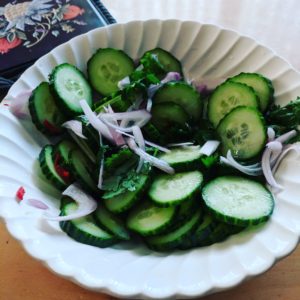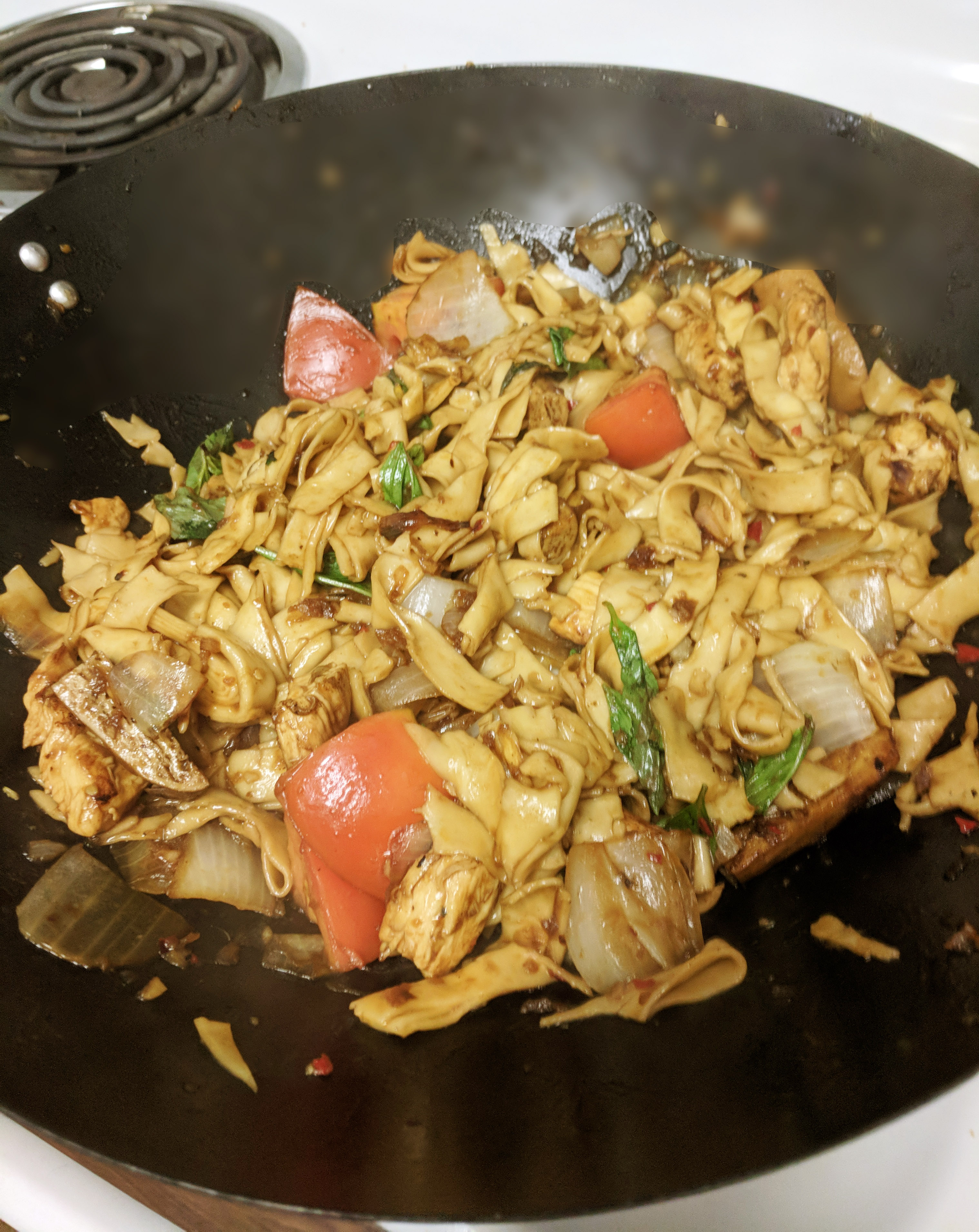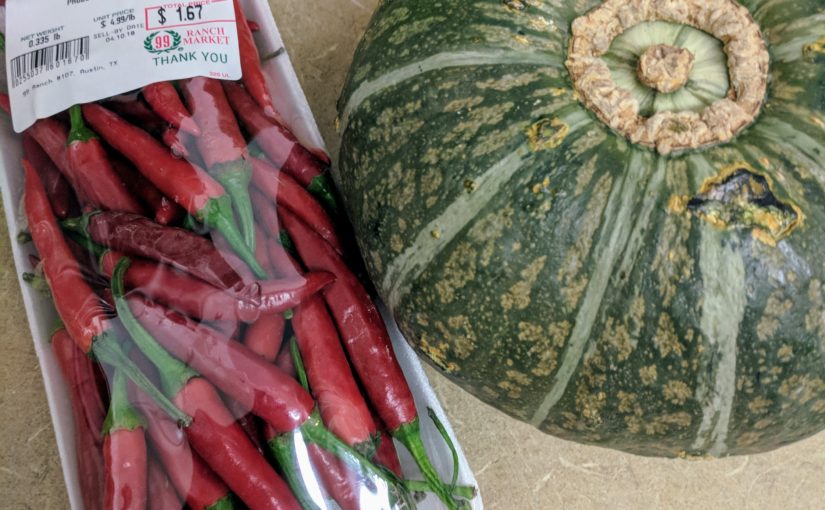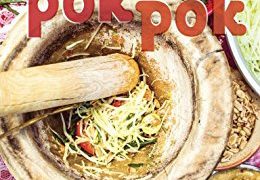This review is by request from my boyfriend. As part of Food 52’s Cookbook Club, I spent April cooking almost exclusively from Leela Punyaratabandhu’’s Simple Thai Food (STF), and my boyfriend loved it. He’s usually reluctant when I go on a cookbook binge because it quickly becomes “too much of the same” or the beautiful photos convince me that this time we’re going to actually enjoy beets. After STF, he wasn’t looking for excuses to splurge on a fun restaurant or to ignore leftovers. “Are you going to write a review of this book?” he asked. “Because you really, really should.”
More signs that this book is special:
I found myself cooking more after long days at work because recipes rarely took me over 20 minutes and were restaurant quality. When we did order takeout, we would throw out the dipping sauces that it came with and use the Satay and Sweet Chili Sauce we had leftover from STF instead. One day I microwaved all the scraggly vegetables I had wilting in the fridge and put them on the table next to a bowl of the STF satay sauce. All the vegetables were devoured before I finished cooking the rest of the meal.

My boyfriend was right; this book deserves my words and the small bit of promotion that I can give it by talking about it on this blog. Not that it needs them; Punyaratabandhu is already food-Internet-famous from running shesimmers.com for almost a decade. Simple Thai Food was her first cookbook, featuring the kind of easy things that she cooks at home on a weeknight as well as the Thai favorites that her U.S. readers are familiar with from their local restaurants. It maintains the delicate balance between “authentic” and flyover state friendly, assuming that readers in the flyover states can find lemongrass and magroot leaves. She demands that a home chef follow the recipe exactly if you want to do it right, but experience has shown me that the recipes are flexible enough to accommodate changes no matter what she says. My enormous local Asian market didn’t have galangal, which is integral to the sour Tom Kha Gai. It may not have been authentic, but the enthusiastic slurping around my kitchen table that night demonstrated that no one minded.

If it weren’t as flexible, I would not have stuck to it with the level of dedication that I did. One of the initial drawbacks of the book, for me, was that the book appears extremely meat-heavy. There’s one non-meat mushroom stir-fry and the headnote makes it sound like she only added it a special concession to vegetarians. After experimenting, I learned that in most recipes, the protein can easily be swapped out. She may eat only chicken in her Rice Noodles “Drunkard’s Style,” but the chicken contributes so little that tofu works just as well, maybe even better since it sponges up the flavor. You’ll definitely want something like tofu to mop up the flavor in the restaurant favorite Chicken-Cashew Stir-Fry because the sweet brown sauce that the thin crescents of onion and fried cashews are tossed in is phenomenal. In the Phanaeng Curry with Chicken and Kabocha Squash, the chicken can’t compete with the sweet richness of the pumpkin or the herbaceous sauce. If I make it again, I might swap the protein out entirely for bamboo shoots which are as toothsome as the pumpkin is soft. It might not be as “authentic”, a word that Punyaratabandhu tosses around quite often in the headnotes, but it would not be unrecognizable and will still certainly be delicious.
There, I did it. I can tell my boyfriend that I reviewed the book and without taking up so much time that I can’t step into the kitchen and whip up another stir-fry tonight.

